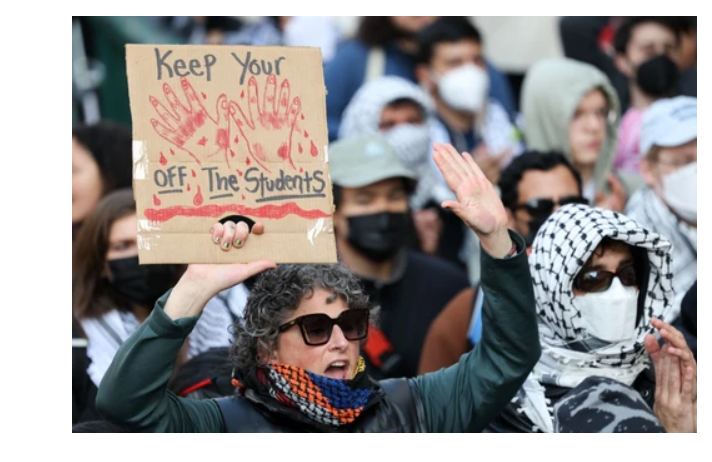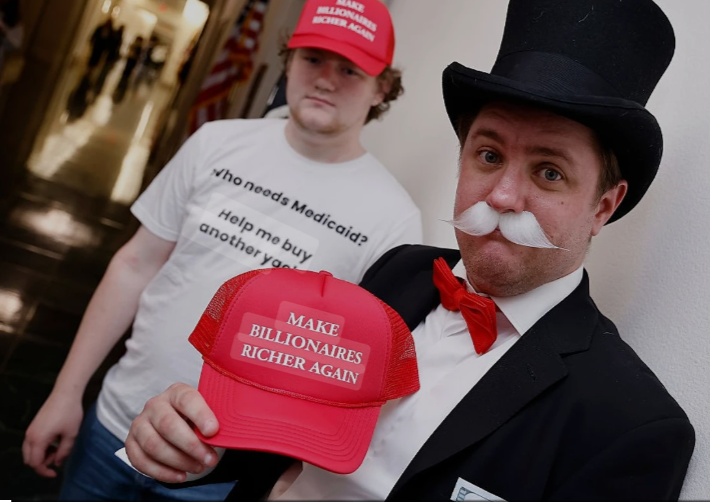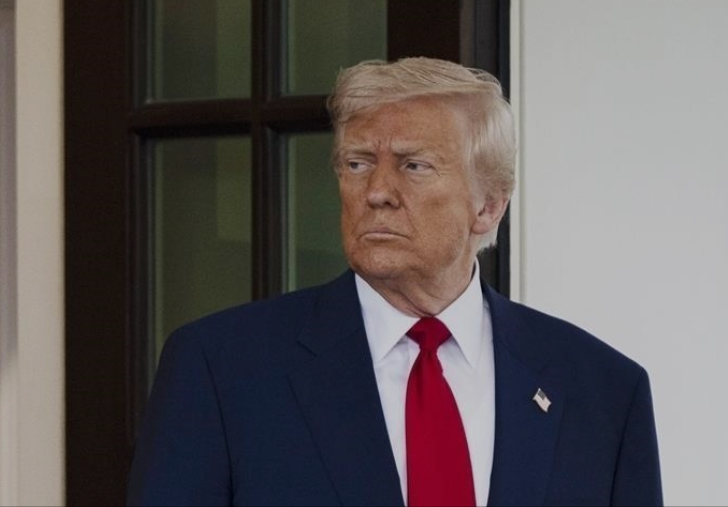The Trump administration has found a powerful tool to suppress campus protests—financial leverage. By threatening the cash flow of private institutions, the administration can pressure colleges into cracking down on student activism, legally banning protests and expelling demonstrators.
At Columbia University, this strategy came with a staggering price tag: $400 million in rescinded federal funding. The apparent reason? Pro-Palestinian demonstrations critical of Israel. Faced with such a financial blow, the university had little choice but to comply. As writer Jennifer Scarlott observed, Columbia responded by expelling, suspending, and revoking the degrees of students engaged in peaceful protest, effectively silencing their constitutionally protected right to free speech and assembly.
“The shameless capitulation of Columbia to government pressure,” Scarlott argues, “is reflective of the corporate, neoliberal selling-out of academia. Universities, once bastions of intellectual independence, are now trading their mission of knowledge and social advancement for financial security.”
Historically, free speech has played a decisive role in shaping American policy. More than five decades ago, student protests helped bring an end to the Vietnam War. Yet today, colleges that once championed open discourse are facing an academic clampdown on peace protests.
The Legacy of Free Speech and War
Education is more than the passive absorption of information—it’s a process of critical engagement with the world. During the late 1960s, for instance, the Vietnam War was not an abstract policy issue but an imminent threat to young Americans. Many students refused to accept the war’s brutality and futility, choosing instead to resist. Their activism helped reshape national sentiment, culminating in what became known as the “Vietnam syndrome,” a period of widespread public opposition to military interventions.
The U.S. government, however, saw this shift as a liability. In 1991, President George H.W. Bush celebrated the end of this anti-war sentiment after a swift and heavily publicized victory in the Gulf War. “It’s a proud day for America,” Bush declared. “And, by God, we’ve kicked the Vietnam syndrome once and for all.” Since then, America has been engaged in nearly continuous military conflict, with public resistance to war significantly diminished.
Today, as protests over the humanitarian crisis in Gaza gain momentum, the federal government is once again exerting control over the public narrative. If anti-war demonstrations persist and expand due to the mass killing of Palestinian civilians—funded as part of official U.S. policy—this could pose a challenge to the administration’s agenda. Historically, college campuses have been at the forefront of anti-war movements, and the current protests are no exception. But instead of protecting free speech, the Trump administration has found a way to neutralize its most vocal critics.
A Strategic Crackdown
Rather than directly censoring students—a move that would likely face legal challenges—the administration has taken a more insidious approach. As appellate attorney Joseph Pace explains, “There’s a malign genius to the administration’s strategy. Trump and his enablers know they can’t directly muzzle students or faculty without facing First Amendment lawsuits.”
Instead, they are applying financial pressure. The administration has already begun targeting foreign student activists through Immigration and Customs Enforcement (ICE) arrests, while the Department of Justice has signaled plans to charge protesters under federal counterterrorism laws. But the broader effort is economic: by threatening funding, the administration forces universities to police speech on its behalf.
Christopher Rufo, a Trump strategist and former Heritage Foundation board member, revealed this plan in a New York Times interview, stating that the goal was to place colleges in a state of “existential terror” unless they cracked down on protests.
The Bigger Picture
This is not just about student activism. The broader implications of this strategy extend to public discourse as a whole. Suppressing dissent through economic coercion represents a fundamental shift in how free speech is controlled in America. A recent United Nations report highlighted the humanitarian crisis in Gaza, including the March 17 ceasefire violation by Israeli forces, which resulted in hundreds of civilian deaths. The report also noted that Israel has blocked essential aid, including food, medicine, and fuel, from reaching over two million Palestinians.
Despite these documented atrocities, criticism of Israeli policies is frequently dismissed as antisemitic. Ironically, as Pace pointed out, Trump’s own administration is filled with individuals known for their antisemitic views. One of the most high-profile examples is Elon Musk, who recently made Nazi salutes at a rally and downplayed Germany’s historical responsibility for the Holocaust during a speech at a far-right conference.
The Fight for Free Speech
America is at a crossroads. The suppression of student protests is not just about individual universities—it’s about the future of democratic discourse. If financial blackmail becomes the norm for silencing dissent, the fundamental right to free speech will be eroded beyond recognition.
The current wave of protests represents more than just opposition to war; it is a battle to preserve free expression in an era of increasing government overreach. As history has shown, silencing opposition does not eliminate resistance—it only makes it more urgent.



